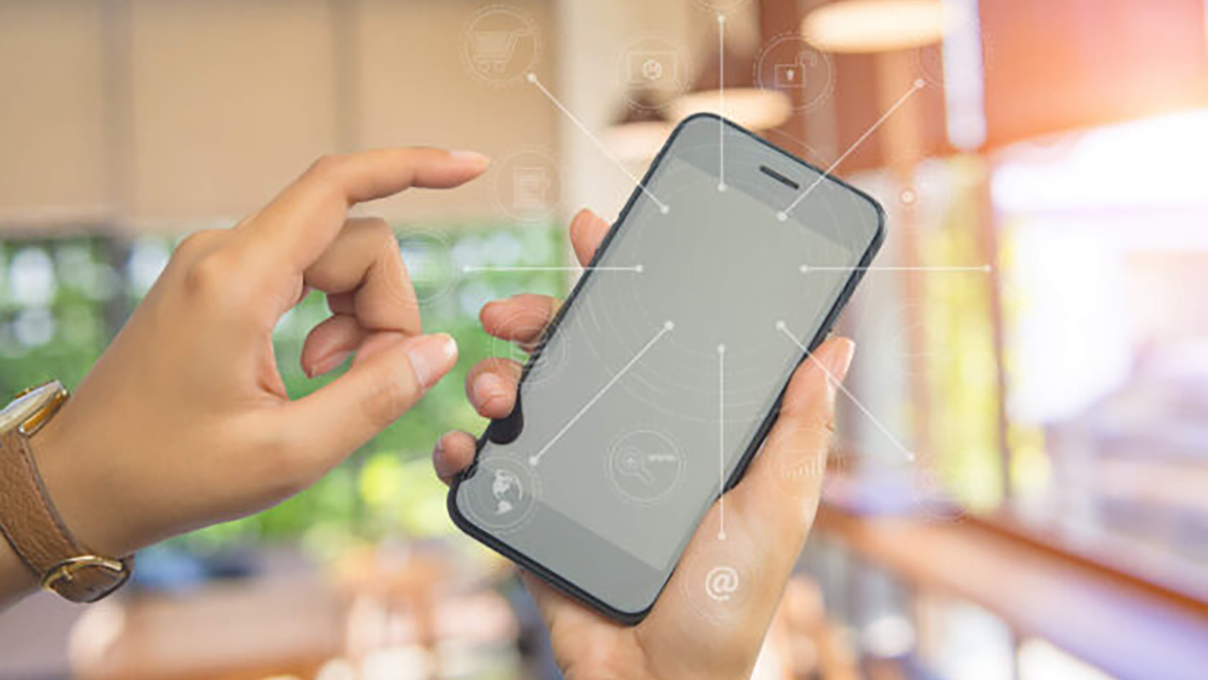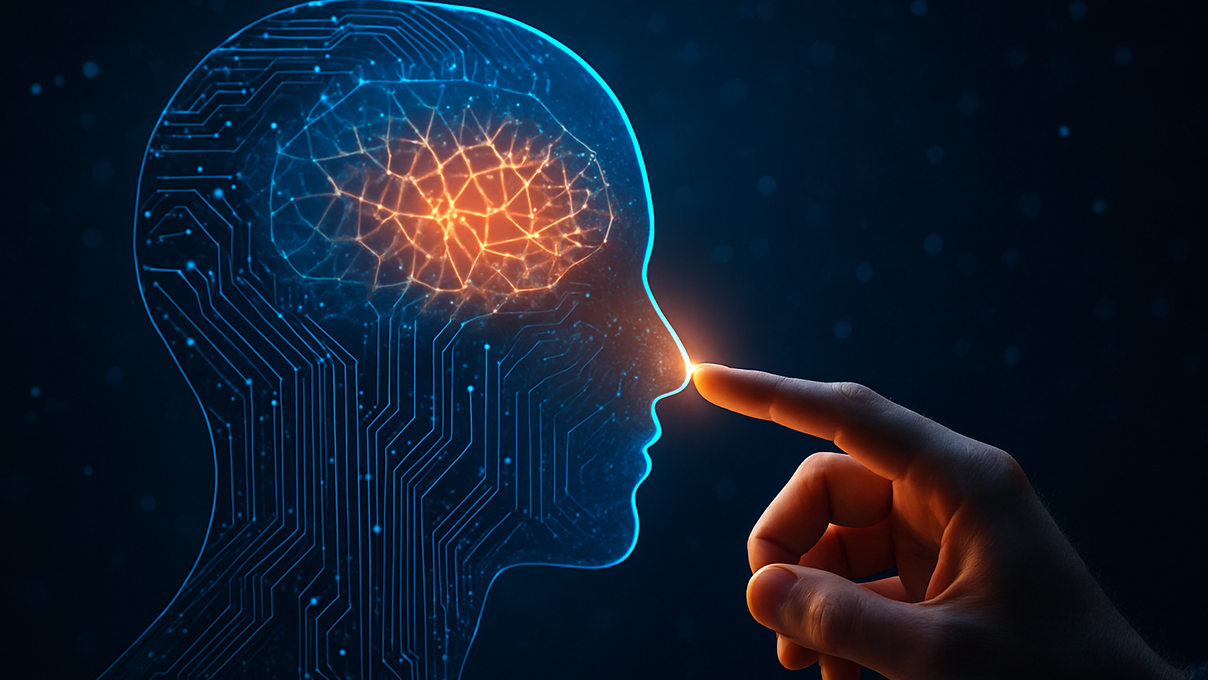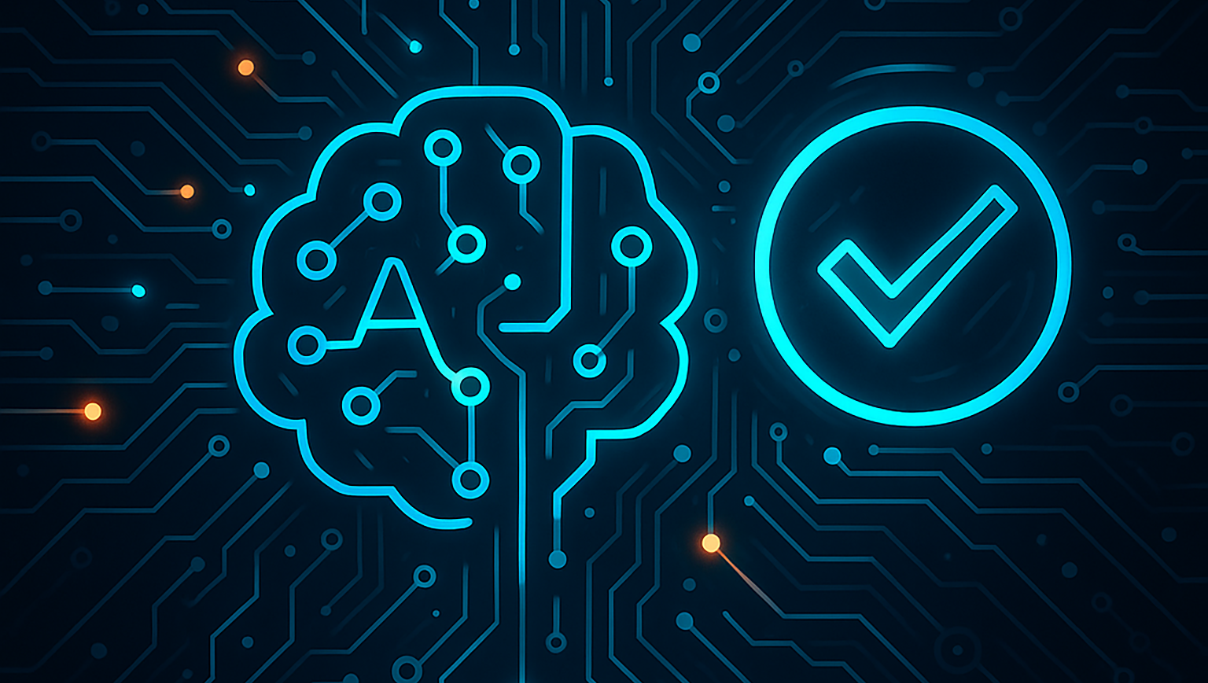
Owning the End-to-End Customer Experience
According to the latest Salesforce State of Marketing report, nearly 85% of consumers believe a brand’s ability to deliver great experiences is just as important as the products or services it provides.
Unfortunately, US businesses lose $35.3 billion in customer churn each year due to avoidable customer experience-related issues. Part of the problem is, companies often measure their performance by looking at isolated touchpoints or metrics instead of the bigger picture. In some cases, they rely solely on metrics. But data is not enough to understand your customers. To foster understanding, you must get out there and talk to them one-on-one, walk in their shoes, and conduct extensive UX research.
By optimizing end-to-end customer experience, however, you can lower customer churn rates and set the stage for lasting relationships. But, designing excellent experiences where each customer journey looks more like a spider web than a map isn’t easy. Plus, it’s also something you can’t afford to get wrong.
Below, we’ll look at specific ways to own every touchpoint and level up the end-to-end customer experience.
What is End-to-End Customer Experience?
Prior to making end-to-end customer experience improvements, it’s essential to have a clear understanding of what the term means and why it matters.
End-to-end CX describes the series of interactions between a business and its customers throughout the entire duration of their relationship.
Traditionally, businesses approached the customer journey as a linear funnel that begins when a lead enters the system and ends at the point of purchase. However, things have changed in recent years.
Now, the end-to-end user journey is much more complicated and data-intensive, with customers entering, exiting, and re-entering at various touchpoints over a variety of channels.
With the omnichannel customer experience, which is made up of the sum of individual customer touchpoints, customers can pick up where they left off on one channel and continue their experience on another.
The growing complexity of these online behaviors, with users constantly switching between devices and browsers, creates more unpredictable journeys within websites and has multiplied the number of possible actions people can take online.
How to Improve End-to-End Customer Experience
It can be easy to fixate on one aspect of the customer experience without considering the entire journey. By looking end-to-end, you can deliver a succession of positive experiences that will add up to an even greater whole.
With this in mind, here are five steps for improving end-to-end customer experience:
1. Rethink Your Customers’ Journeys
This is all about stepping into your customers’ shoes and making sure you’re everywhere they are–or at least everywhere they expect to find you.
To begin, identify your brand’s main points of customer contact. Here are a few common examples you can use as a starting point:
- Desktop/mobile search
- Mobile app
- Social media post
- Paid ad
- Email newsletter
- Offline advertisements–television, radio, billboard, etc.
- In-person interactions at trade shows, conferences, etc.
- Phone calls
- Live chat
- Location searches on Google maps
- In-store visits
- Adding items to an online shopping cart
- Checking out online or in-store
- Loyalty programs
With so many ways for customers to experience your brand, it can be daunting to figure out which touchpoints are missing. This task becomes more manageable when you step out of your role and look at things from a user’s perspective.
Do your customers want you to start providing service via Facebook or to install a chatbot on your site? How are different touchpoints working together? Can they be integrated?
Instead of paving old roads, build simple direct routes to make the end-to-end user journey a little smoother. It’s helpful to consider these journeys as a set of tasks to be completed.
2. Reduce Friction
The growing number of steps in the modern buying process emphasizes the need to simplify the touchpoints in the journey to keep buyers on track.
To minimize friction throughout the customer journey, you might try streamlining onboarding procedures or replacing email/phone with live chat. Or, you might incorporate a wizard/guided walkthrough. Whatever the case, your decisions should be based on real customer feedback.
For B2Bs and B2Cs, simplifying end-to-end customer experience means helping customers make sense of all the information they need to sort through. In other words, how do you help them identify the information they need to make a decision? And more importantly, how do you ensure that buyers feel that they’ve made the right decision once they’ve signed the contract?
If we’re talking B2C, it might mean providing more ways to check out, reducing the number of form fields, and keeping data asks to a minimum.
Many rising CX trends link back to this idea of simplifying touchpoints. In digital retail, same-day delivery, curbside pickup, and buy online pick up in store (BOPIS) are becoming ubiquitous.
Also, AR/VR is on the rise—which allows people to see something before they buy. Apple, for example, has this at the bottom of every product they sell. The same goes for gamification—which motivates people to take action and makes tasks like onboarding more enjoyable by incorporating game-like elements into the experience.
The point is, if the client doesn’t finish the purchase, payment, return, or cancellation workflow in one day/session, make it easy for them to pick up where they left off when they do come back.
3. Develop a Data Strategy
Since General Data Protection Regulation (GDPR) came into effect in May 2018, there has been a tidal wave of new privacy laws and proposed legislation to help customers gain more control over their data. To maintain compliance with these regulations, you need to ensure you’re prioritizing accurate, reliable, and necessary data for customer success.
The data you are able to collect is 100% directly correlated to the customer journeys. In turn, you can leverage the data and measure potential positive and negative interactions and friction points. Based on the results, we can define conversion funnels and other behavioral analytics information.
For example, data sets like social media engagement, keyword searches, customer surveys, and ad click results will be most useful to you during the awareness stage. It’s critical that these findings are centralized via a data management platform so that the right people can act on the right insights. Understanding how consumers interact with a brand’s products or services allows for more opportunities for personalization based on trackable metrics like age, demographic, page views, and time spent on certain landing pages.
Designing a proper data infrastructure that supports all anticipated needs rather than maintaining several unanticipated data “bolt-ons” will keep overall costs down, too.
4. Personalize
According to Epsilon, 80% of customers are more likely to use a service or buy a product from a brand that offers a personalized end-to-end customer experience.
Since there’s no one-size-fits-all approach for satisfying your entire customer base, consider using tools that feed prescriptive insights to sales, marketing, and customer service teams to allow them to reliably take the best course of action.
Whether it’s via web content management platforms, IoT devices, or artificial intelligence, leveraging technology can help facilitate personalized customer journeys, enabling you to:
- Automate basic service tasks that don’t require human intervention
- Provide all front-line reps with contextual insights from past customer interactions so that customers can always pick up where they left off
- Present more relevant content, personalized offers, and journeys tailored around individual behaviors/needs/habits
- Track valuable metrics for continuous improvement
- Understand the causes for people leaving the brand
- Identify bottlenecks in key customer activities
- Report common issues surfaced during service-rep customer interactions.
3Pillar Global expert, Angel Almada, points out that “personalization was once dependent on cross-domain tracking. Though because of privacy issues (e.g., Facebook vs. Apple), that trend is dying out. The more we understand about a users’ routine, the easier it is to personalize the experience, and better meet user needs.”
Another one of our experts, Dario Espinosa, shares that “migrating to tools like Adobe Analytics with an AI layer that discovers high-value audiences and power customer intelligence, is one way to get around the challenges ahead in the so-called ‘cookie-less future.’ Those tools offer deep customer profiling without formal logins making it easy for organizations to learn what audiences are looking for without undermining their privacy.”
5. Enable All Teams
Many organizations have departments that operate as silos, serving customers separately or as part of a collection of services. 54% of companies say their CX operations are managed in silos, and 48% cite communication between team members as their top barrier to effective collaboration.
The issue there becomes that you’ll have different policies and platforms being used across different departments and roles within the same company.
Not only does this cause friction for consumers, but it can also result in scattered interactions, repeated tasks, and disconnected processes.
With so many moving parts in the end-to-end user journey, it may be a good idea to put together a dedicated customer experience team and create integrated, cross-departmental workstreams.
Before implementing this change, the entire organization and all external providers must be on the same page, work with the same data sets, and have a shared vision in mind. In other words, the company needs to convert to a customer-centric model.
Ultimately, this step is about developing processes and using technology to improve workflows that enable all teams to create more value without having to take on extra work.
Final Thoughts
With buyers and customers having more options than ever before, creating lasting loyalty means delivering frictionless and enjoyable experiences.
Luckily, there are countless opportunities to craft customized digital and mobile experiences that can cater to the widest range of consumers in this digital age, including architecting your data and infrastructure correctly from the start.
To learn more about how 3Pillar Global helps its clients own the end-to-end user journey and improve the overall experience, contact an expert today.
[adinserter name=”CX Book Promo block”]
Special thanks to these members of FORCE, 3Pillar’s expert network, for their contributions to this article.
FORCE is 3Pillar Global’s Thought Leadership Team comprised of technologists and industry experts offering their knowledge on important trends and topics in digital product development.
Recent blog posts

Stay in Touch
Keep your competitive edge – subscribe to our newsletter for updates on emerging software engineering, data and AI, and cloud technology trends.

 Angel Almada
Angel Almada

